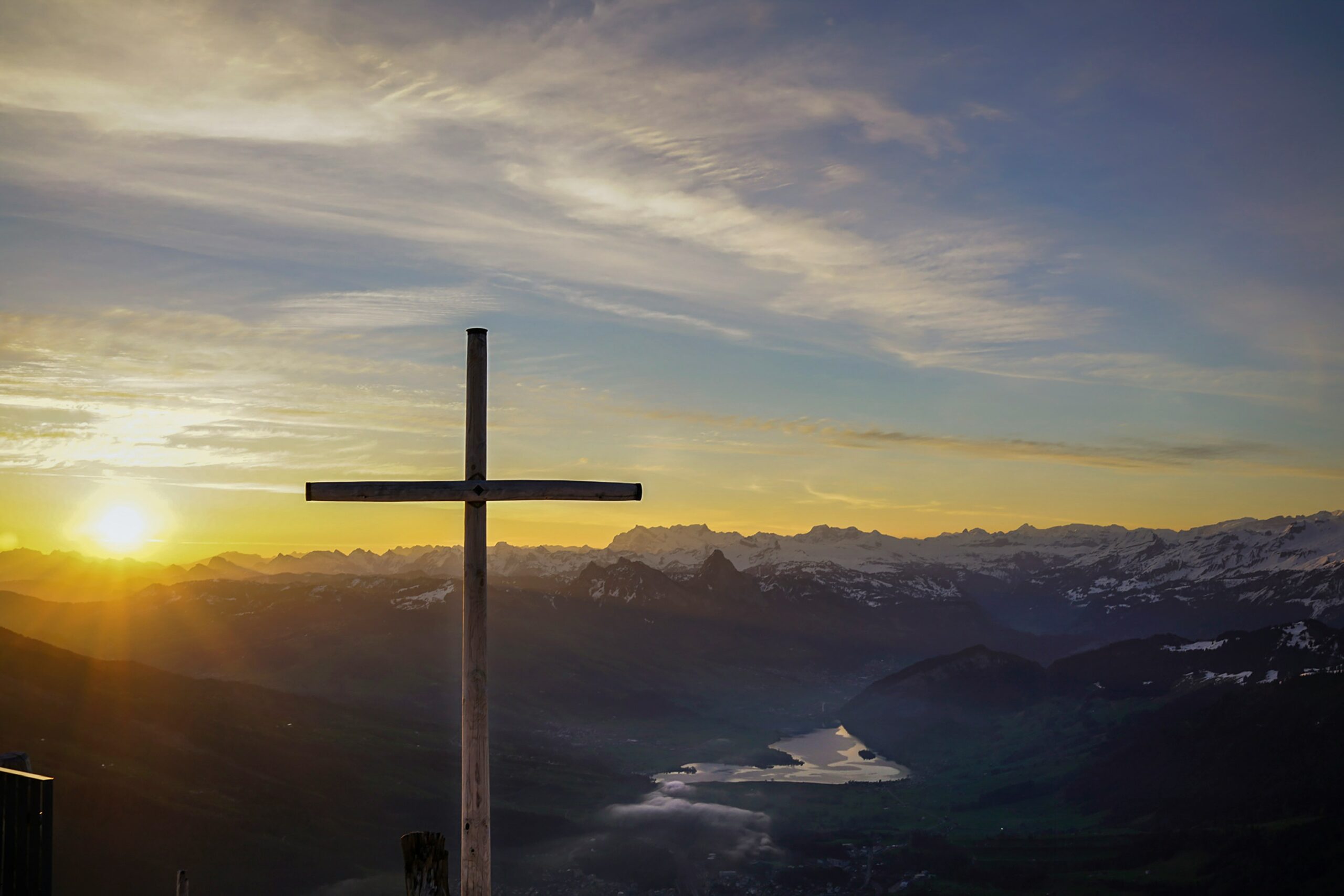Leadership
10 Reasons Churches Plateau

Every church goes through plateaus—times when your church simply doesn’t grow. It’s natural and normal, and they’re part of our story at Saddleback.
Our plateaus have looked different at times, but they’ve been there. In fact, a decade ago we were in the midst of one such five-year plateau. But then God did what only he can do. Today we’re going through a renewed period of growth.
In nearly 50 years of ministry, I’ve talked with thousands of pastors going through their own periods of plateau. I’ve studied the issue extensively. Here’s what I’ve learned.
1. Plateaus are natural.
Don’t get freaked out by them. Plateaus are just a state of little or no change. Everything stops growing at some point. It happens all of the time in nature. It shouldn’t surprise us when it happens in our churches. It will happen in our churches. You can count on it.
2. God created every organism to have a maximum limit on its growth.
Even redwood trees, which grow to 400 feet tall and live for 2,000 years, have a growth cap. Your church does, too. You can’t use it as an excuse, though. You don’t know what the limit for your church is.
I know a church of 150 in a town of 1,500. They’ve reached 10 percent of their community. Think about it. This church is actually doing a better job of reaching its community than many larger churches.
3. The younger and smaller you are, the faster your growth rate.
You can see this characteristic in human growth, too. We typically grow the fastest when we’re children. By our late teens, we’re done growing. When I started Saddleback, we had one member—my wife, Kay. By the end of the first year, we had around 150 people most weekends. That means we grew by 15,000 percent that first year! But a bigger church can’t do that. The bigger you are, the slower you grow.
4. The average church grows for 15 years, plateaus, and then eventually dies.
Not every church does this. Some churches have a longer growth span. Others have a shorter one. But on average, a church will stop growing at 15 years old—unless renewal comes. This is just an average, of course. It doesn’t mean every church will plateau at 15 years and then eventually die. And with renewal, a church will grow.
5. Plateaus can happen anytime.
You can plateau in year one of a church or year 40. You’ll typically plateau multiple times in your church’s history. I’ve studied thousands of churches and trained hundreds of thousands of pastors, and I’ve seen a few typical points in which churches stop growing.
Churches often plateau at 75 and 150 people. But the hardest to overcome is usually 300. If you can get past 300 people, you’ll likely have solved many of your most difficult problems. The larger your church gets, the easier it will get to break plateaus because you will have developed the skills needed through earlier growth and plateau cycles.
6. Some plateaus are uncontrollable.
You may be the greatest leader since Abraham Lincoln and still go through a plateau. You simply can’t control all of the factors that cause your church to stop growing. For instance, if you’re in a typical small town and a large factory closes and the members move away, that’s not your fault. You’re not a failure. It’s just a fact of life.
7. Plateaus can happen in one purpose while you’re growing in the other purposes.
If you’ve been reading Ministry Toolbox for a while, you know the five purposes of the church: worship, fellowship, discipleship, ministry, and evangelism. You can certainly grow in one of those areas as you’re plateauing in another. You could be bringing people in the front door but sending them out the back door. To be healthy, you need to do all of the purposes.
8. The longer a church is plateaued, the more energy it takes to get it growing again.
It’s a matter of momentum. It’s clearly easier to keep an active object moving than to get a static object to move. If your church hasn’t grown for the past six months, or a year, you’ll have challenges as you try to restart growth. If it has been five years, you’ll have a bigger challenge. If your church has been plateaued for 20 years, you’ll have a real problem. It’s not impossible though. With God’s help, you can break through it. But it’ll be more difficult.
9. Some plateaus are actually seasons.
Every church goes through seasons in its life. Everything grows during springtime. You start harvesting in the fall. Then winter comes along. It’s cold. It’s dark. The days are shorter.
Your ministry may be in the winter right now. Hang on. Springtime’s coming. It may be just a season.
10. A plateau doesn’t have to be a dead end! It can be a gateway to the next level.
Growing churches have figured out how to break through the inevitable growth barriers that come along. You can break them, too. Often, once you break through, you’ll experience a new season of growth.
We saw this at Saddleback. I mentioned earlier that we hit a plateau between 2005 and 2010, so we made some structural changes. I learned some new skills, and we started growing again. And we’ve grown steadily over the last eight years—sometimes as much as 10 percent a year.
I’m confident your church can grow again, too. I believe God will finish what he started in your church. It’s what he does. Just remind yourself of Philippians 1:6: “I am sure that God, who began this good work in you, will carry it on until it is finished on the Day of Christ Jesus” (GNT).















